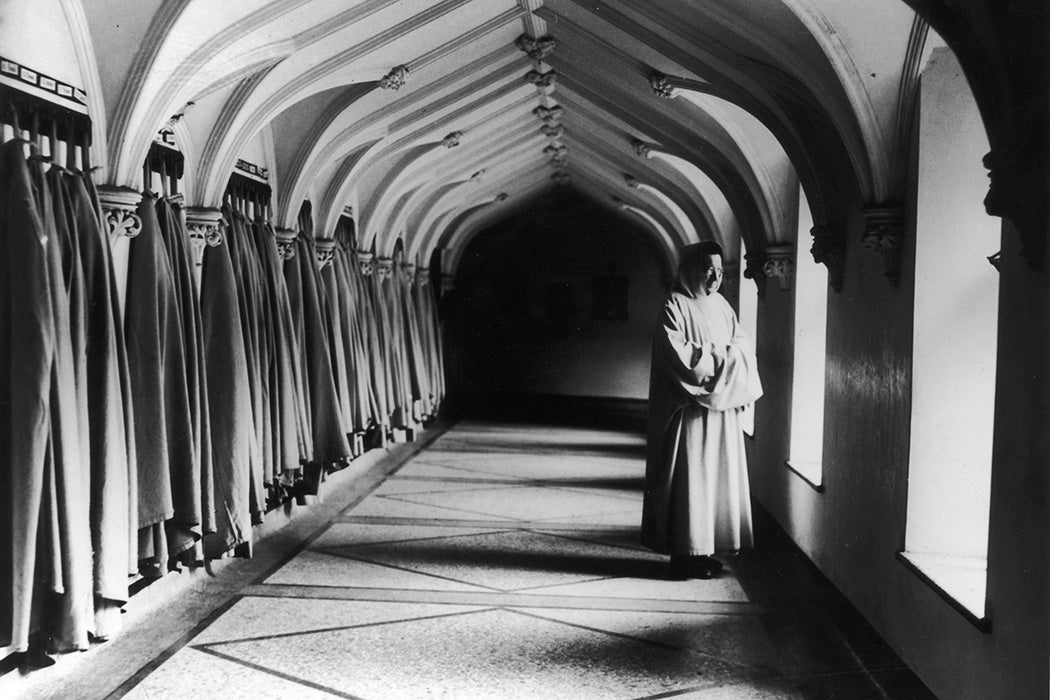The Christian observance of Lent and the Muslim holy month of Ramadan overlapped from March 22 to April 6 this year, and many people around the world engaged in some type of religious self-denial. Irish studies scholar Marjorie Deleuze describes the long history of this kind of practice in Ireland.
Starting in pre-Christian times, Deleuze writes, fasting was a method of resolving legal disputes. A person might sit in front of the house of someone who had wronged them, either seeking support from the gods or threatening to curse the enemy by dying on their doorstep.
By the seventh century, Irish monks described strict rules regarding fasting, mainly for their own orders but sometimes also for the laity. Fasting was both a form of penitence and a way of communing with God. Catholic authorities believed that excessive eating dulls the senses and prevents the mind from focusing on the sacred.
For centuries, Catholic authorities in Ireland called for ordinary people to fast in some way for between a third and a half of the year. Along with strict fasts during certain seasons like Holy Week, they abstained from meat, eggs, and dairy three days a week year round—a practice that gave several days of the week their names in Irish: Dé Céadaoin (Wednesday) is “the day of the first fast,” Déardaoin (Thursday) is “the day between the fasts,” and Dé hAoine (Friday), is “the day of the main fast.”
Fasting was balanced by a tradition of feeding the hungry and hospitality in general. One medieval tract praises “godly” and “human” feasts that fit this tradition, but it decries the “demon feast,” a meal immorally prepared for “jesters, satirists, beggar-poets, farters, clowns, bandits and pagans, whores, and other bad people.”
Deleuze suggests that the Irish Catholic devotion to fasting may have been partly a response to the country’s colonization by Protestants. Fasting was a way to assert a distinction from, and superiority to, Protestant converts. Deleuze quotes sociologist Tom Inglis’s assertion that “these practices became the base of a religious sense of self that revolved around self-mortification and denial.”
Weekly Newsletter
Irish Catholics also kept fasts as a magical practice to win favors and protection from God. While this was contrary to official church doctrine, some Catholic officials embraced it. In 1847, during the Great Hunger, Dublin Archbishop Daniel Murray suggested that God might be inflicting the suffering “to awaken our alarm, and simulate us to compunction.” Even during that Famine, the church urged those who were able to do so to continue to fast.
In the twentieth century, Irish political activists brought back the tradition of fasting to obtain worldly justice, using hunger strikes to galvanize support and shame the British colonial government. But fasting as a religious tradition broke down quite quickly in the 1960s after the Second Vatican Council greatly relaxed official Catholic rules. These days, Deleuze finds, its last vestige among Irish Catholics is the Lenten practice of giving up chocolate, alcohol, or other treats.
Support JSTOR Daily! Join our new membership program on Patreon today.







